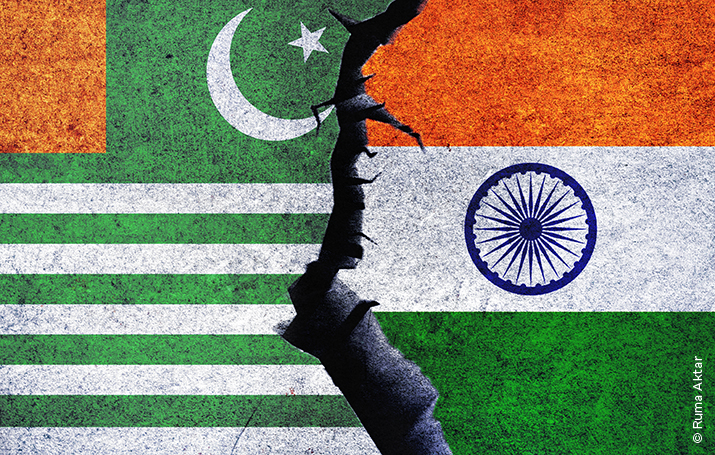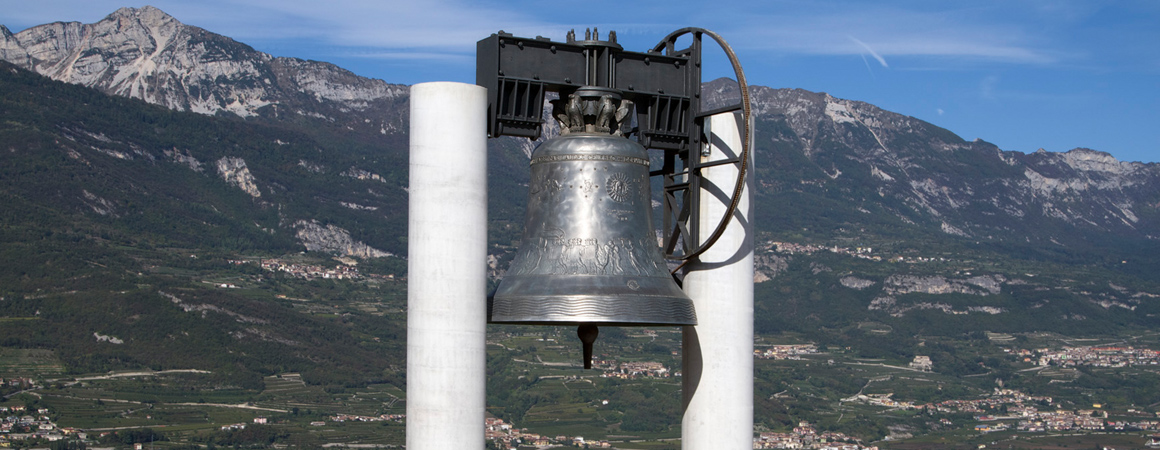THE ETERNAL DISPUTE BETWEEN INDIA AND PAKISTAN
In a planet earth that has already been the scene of two protracted armed conflicts with extremely serious repercussions, in terms of the number of innocent civilian victims, the extent of material destruction, the precariousness of geo-strategic balances and barriers of hatred between the belligerents that are difficult to remove even after the hoped-for cease-fires, a third geographical area of crisis has recently made its threatening appearance on the international scene, foreshadowing new and equally damaging consequences.
This is the dispute between India and Pakistan, which has come dramatically back under the spotlight after the recent massacre perpetrated by Islamic terrorists in Kashmir (an area that has always been disputed between the two states) in which some 30 Indian citizens died. The tragic episode was immediately followed by military reprisals ordered by the New Delhi government to punish the attackers and their instigators, identified, rightly or wrongly, in the Pakistani secret services. In a region plagued by endemic violence for several decades, this is unfortunately not unprecedented, but the particularly cruel nature of the executions has impressed all 'insiders'.
For those unfamiliar with the very strong contrasts, especially religious ones (often presented as a 'clash of civilisations' between Hinduism and Islam), that characterise that geographical area, it may seem surprising how an objectively positive event such as the liberation from the British colonial empire in the immediate aftermath of the Second World War led the two newly independent states to fight each other incessantly from the year of their creation in 1947.
Coming to the present day, even a superficial analysis of the two 'contenders' reveals power relations that are far from homogeneous, starting with an Indian population about six times larger than that of Pakistan, with related reflections in the size of their respective armies. The assessment of the two economic systems also leads to a similar imbalance, with Delhi ranking fourth in the world gross domestic product and Islamabad unable to attract foreign investment other than Chinese investment, on which it is now largely dependent.
It should also be considered that, despite its imperfections, the Indian political system (which in recent years has notably drawn closer to the United States, partly thanks to Modi’s leadership) is fundamentally democratic, ensuring, for example, the integrity of electoral processes. This regularly results in changes of leadership in the country’s highest offices, both at the central and regional levels (for further details, see issue 29 of ‘La Voce di Maria Dolens’). None of this applies to the neighbouring country, dominated by a regime in which the worst features of militarism and radical Islamism are assimilated, after the brief season in which an alignment with the United States seemed to take shape, motivated at first by the objective of countering the Soviet occupation in neighbouring Afghanistan and later by the fight against Taliban fundamentalism.
The combination of these differences, which would tip the scales in one clear direction, is however 'offset' by the realisation that both states possess nuclear weapons, with potentially devastating consequences far beyond their regional spheres. Since, fortunately, neither capital appears capable of initiating such an 'escalation' and sustaining the political consequences, less lethal but undoubtedly invasive measures are deemed practicable, such as, for example, the so-called 'water war', which India could resort to by diverting the course of rivers essential for the survival of the Pakistani population.
In conclusion, were it not enough to place the United States and China in diametrically opposed positions, the great unknown linked to the future of Taiwan and the fluctuating issue of tariffs (a dossier where, moreover, positive steps forward in reaching an understanding have recently been recorded), the Indo-Pakistani dispute could represent a new scenario of conflict between the two world superpowers.
Here again, we are certainly not the only ones who would like to see the international community intervene in a mediating role, thus preventing the wound from being further aggravated instead of healed. A slither of hope stems from the initiative of US President Donald Trump, who instructed Secretary of State Rubio to engage in negotiations. This appears, objectively, to be a sign in the right direction, especially if some influential Arab country (Oman, Saudi Arabia or others) is willing to join the negotiation efforts.
Reggente Marco Marsilli, Foundation President









